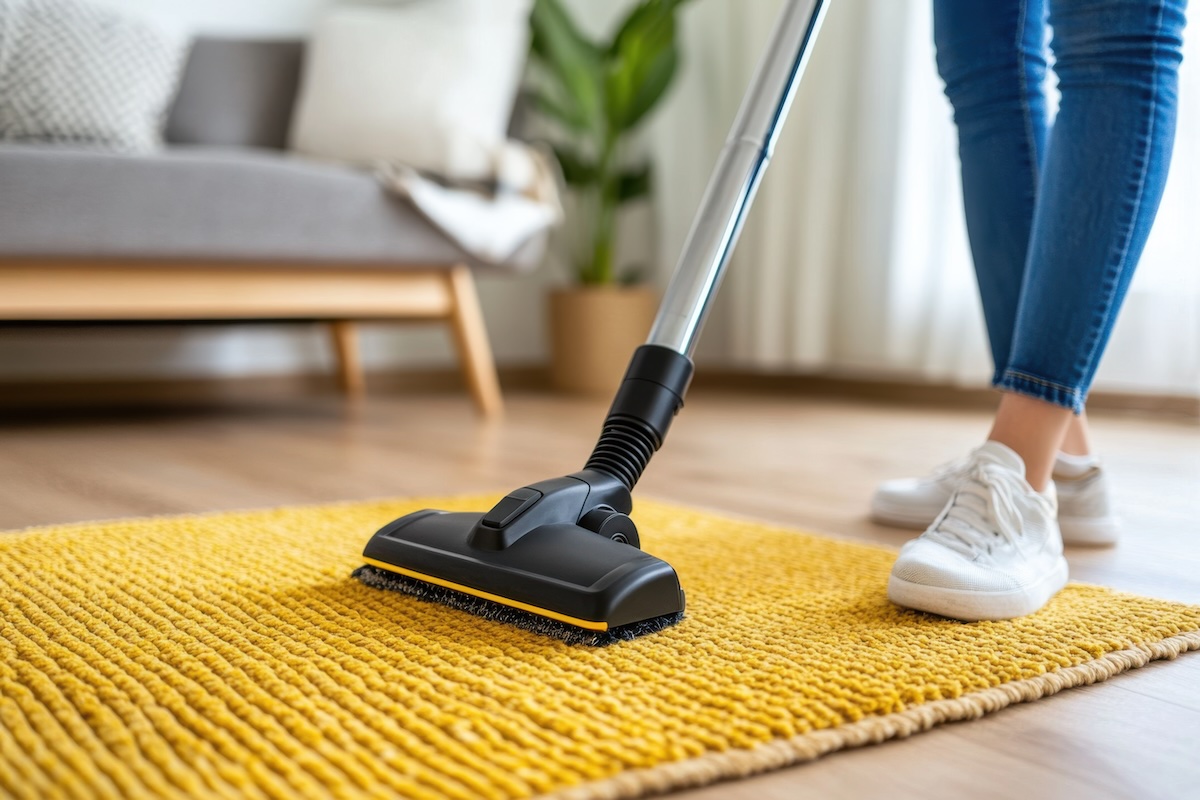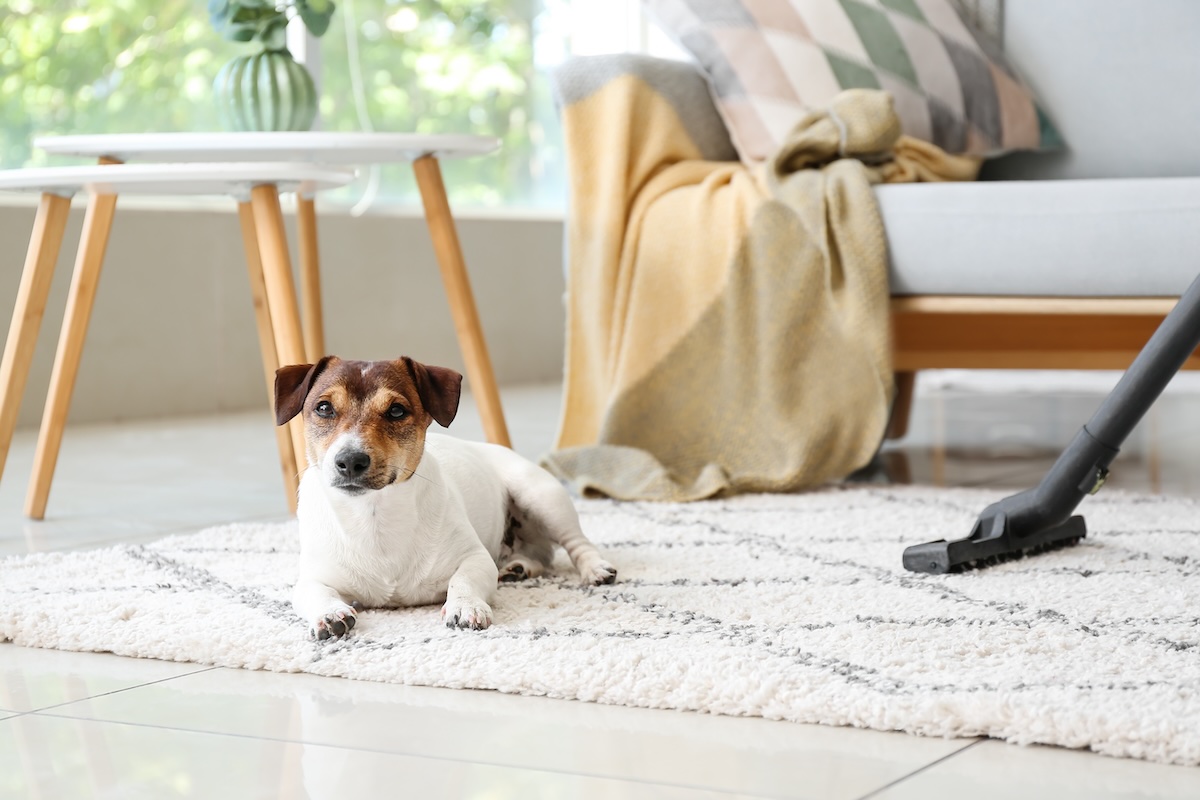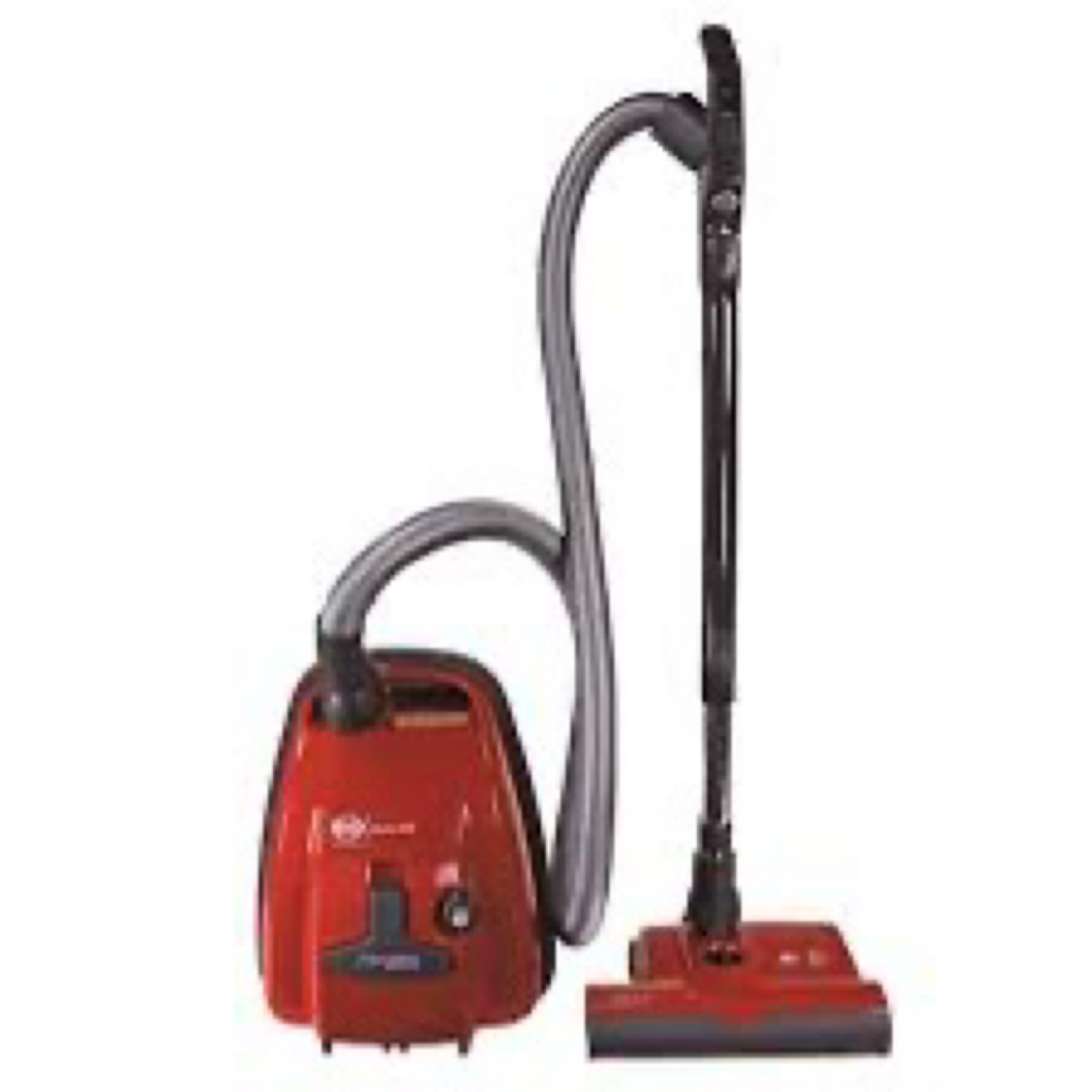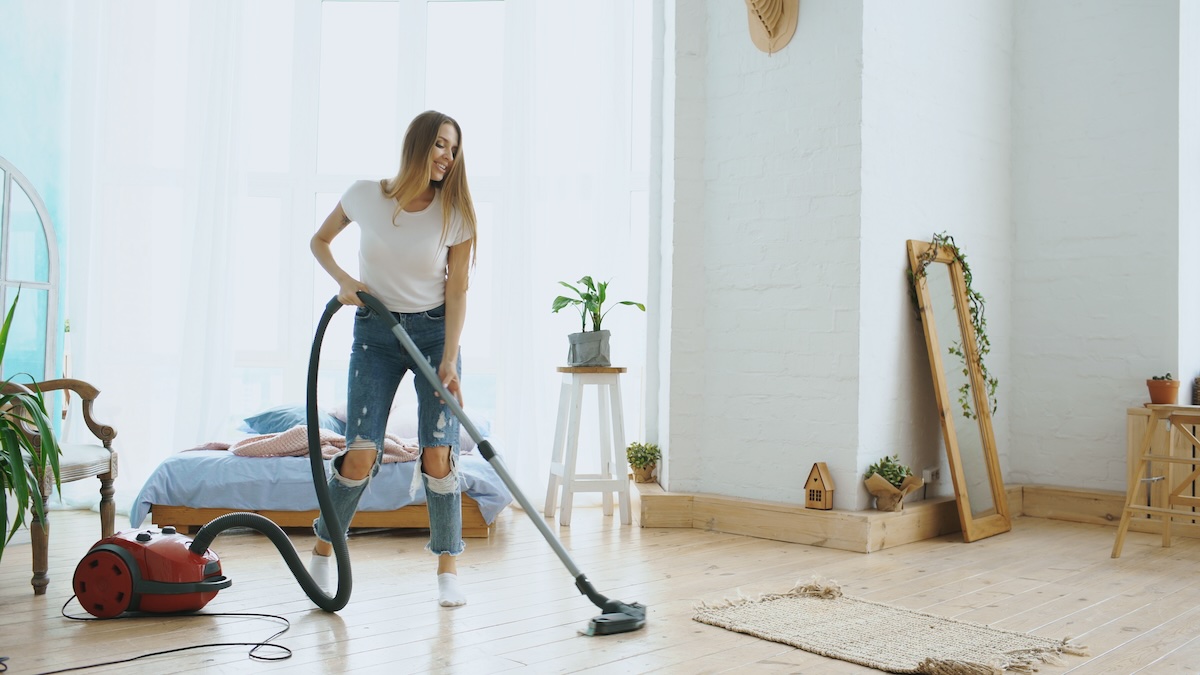You vacuum your carpet regularly, expecting it to look fresh and clean, but it still appears dirty. The fibers hold onto debris, stains seem untouched, and there’s a lingering feeling that vacuuming just isn’t doing enough. This isn’t uncommon, and there are several reasons why carpets don’t look as clean as expected after routine vacuuming.
Vacuuming Only Removes Surface Dirt
Vacuuming is great for picking up loose dirt, dust, and pet hair from the surface, but it doesn’t reach deep into the carpet fibers. Over time, dirt and grime settle deep into the pile, especially in high-traffic areas. If this buildup isn’t removed, your carpet can still look dirty even if you vacuum regularly.
Most vacuums rely on suction and a rotating brush to lift debris, but they aren’t designed to extract deeply embedded dirt. If your vacuum is underperforming—whether due to weak suction, a worn-out brush roll, or a clogged hose—it will struggle to pull out compacted dirt. A more thorough cleaning method, such as steam cleaning or deep shampooing, is often needed to remove what a standard vacuum leaves behind.

Your Vacuum Might Not Be Powerful Enough
Not all vacuums are created equal, and if your vacuum isn’t strong enough, it won’t effectively clean your carpet. Suction power plays a major role in how well dirt and debris are removed. If your vacuum is weak, clogged, or has a full dustbin, it won’t be able to pull dirt from deep within the carpet.
Carpets with thick or high-pile fibers require vacuums with strong suction and adjustable height settings. If the beater brush or rotating bristles are worn out or malfunctioning, dirt will remain trapped. A vacuum that is missing parts, has a stretched or broken belt, or has a dirty or clogged filter won’t perform as it should. Regularly checking for these issues and replacing broken or worn-out parts can significantly improve your vacuum’s effectiveness.
Carpet Fibers Hold onto Stains and Residue
Vacuuming won’t remove stains or spills that have seeped into the carpet fibers. If your carpet has been exposed to liquid spills, pet accidents, or sticky substances, vacuuming alone won’t make much of a difference. These types of stains require spot treatments with specialized cleaners.
Residue from cleaning products can also make carpets look dull. If too much detergent was used in previous cleanings and not fully rinsed out, it can attract dirt and make the carpet appear dirty faster. In this case, a deep carpet cleaning with a rinse cycle can help remove leftover residue and restore the carpet’s appearance.
Dust and Pet Hair Get Trapped in the Fibers
Pet owners often find that no matter how often they vacuum, pet hair and dander seem to remain embedded in the carpet. This happens because hair and fine particles get tangled in the fibers, especially in plush or high-pile carpets.
Using a vacuum with a motorized brush or a pet hair attachment can help lift and remove more hair. However, if the vacuum’s brush roll is clogged with hair, the belt is worn, or the suction isn’t strong enough, pet hair will stay stuck in the fibers. A rubber broom or carpet rake before vacuuming can loosen embedded pet hair, making it easier for the vacuum to pick up.
Traffic Patterns Create Wear and Dirt Buildup
High-traffic areas often appear darker or more worn than the rest of the carpet, even after vacuuming. This happens because dirt gets ground into the fibers and compacts over time. Vacuuming can lift some of the loose dirt, but the embedded grime needs a deeper cleaning method.
Regularly rotating furniture and using area rugs in high-traffic zones can help distribute foot traffic more evenly and prevent excessive dirt buildup. Deep cleaning these areas with a carpet cleaner or hiring a professional service can help restore the carpet’s original color and texture.

Poor Vacuuming Technique and Equipment Malfunctions
Vacuuming quickly or without a methodical approach can leave dirt behind. If the vacuum is pushed too fast over the carpet, it won’t have enough time to lift debris effectively. The best technique is to vacuum slowly and in multiple directions to ensure that dirt is loosened and picked up.
However, even the best technique won’t compensate for a vacuum that isn’t working properly. If suction is weak, the brush roll isn’t spinning, or the vacuum isn’t picking up debris like it should, worn-out parts may be the issue. Checking for blockages, replacing belts, and ensuring filters are clean can make a noticeable difference in cleaning performance. A vacuum that isn’t well-maintained won’t clean well, no matter how often you use it.
When a Vacuum Isn’t Enough
If your carpet still looks dirty after vacuuming, the problem may not be what you’re doing—it may be what your vacuum isn’t doing. A machine with weak suction, clogged hoses, or worn-out parts won’t pull dirt from deep in the fibers. Regularly replacing belts, filters, and brushes keeps a vacuum working at its best, but even a well-maintained vacuum has its limits. Deep cleaning methods, such as steam cleaning or shampooing, may be necessary to lift stubborn dirt and restore your carpet’s appearance.




